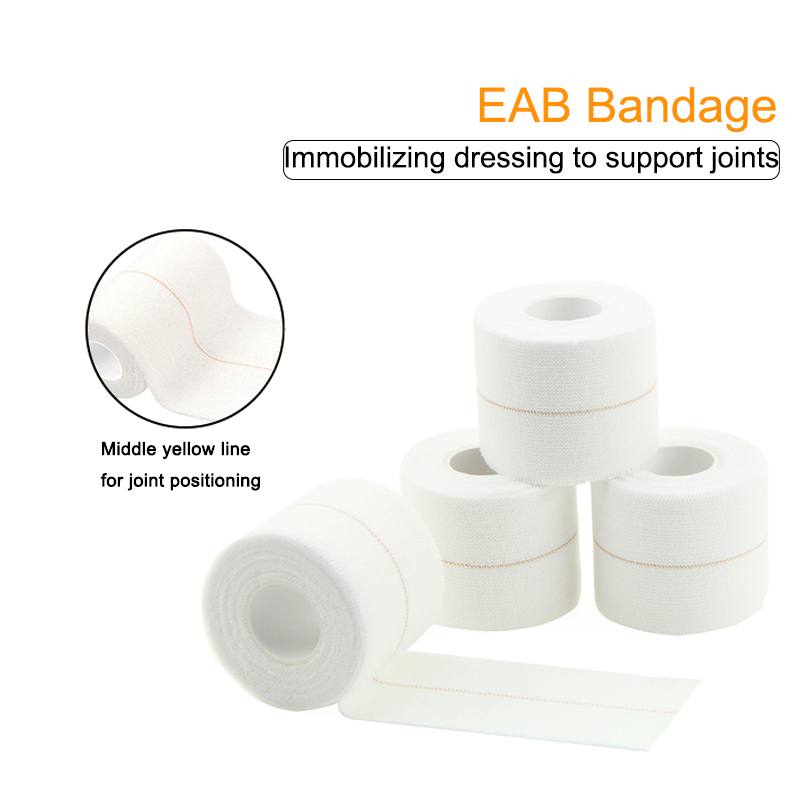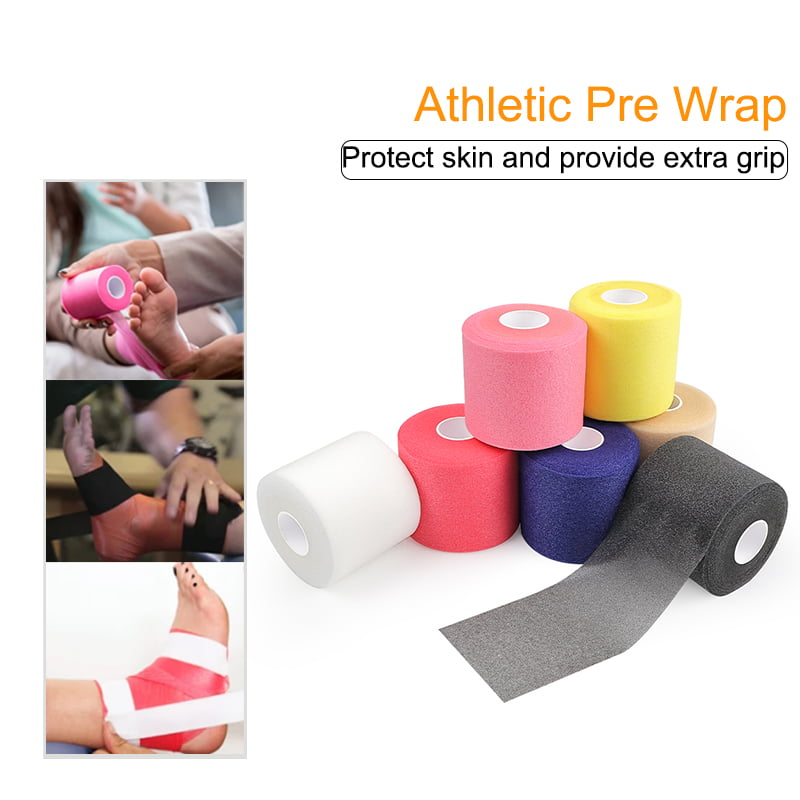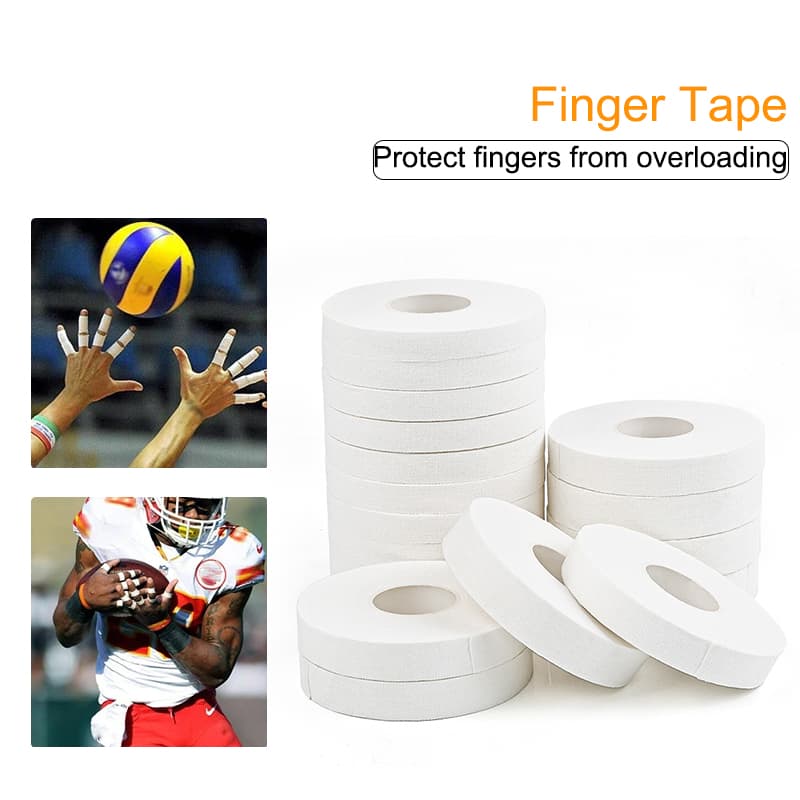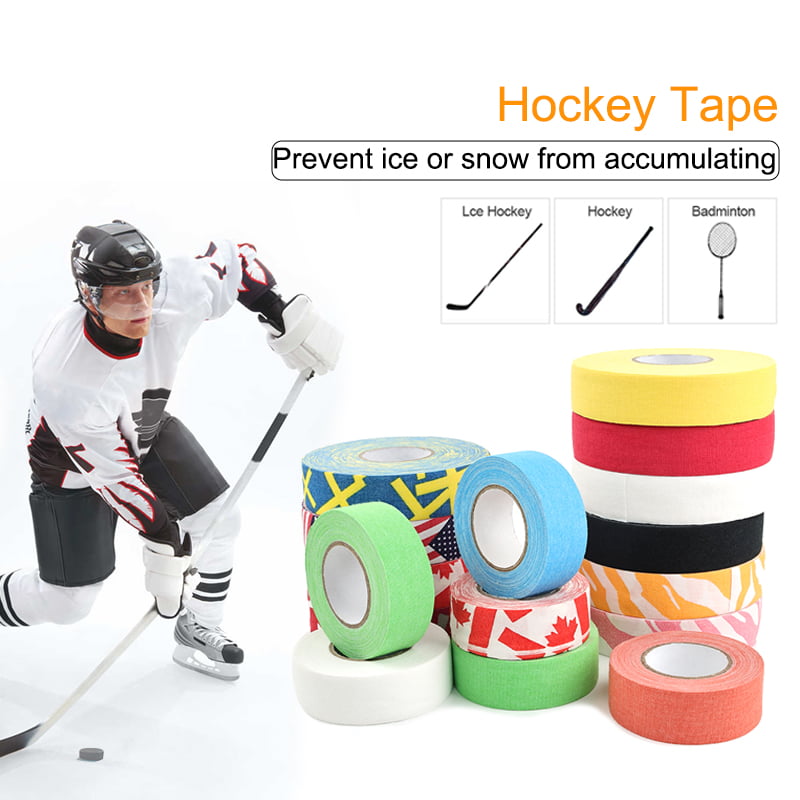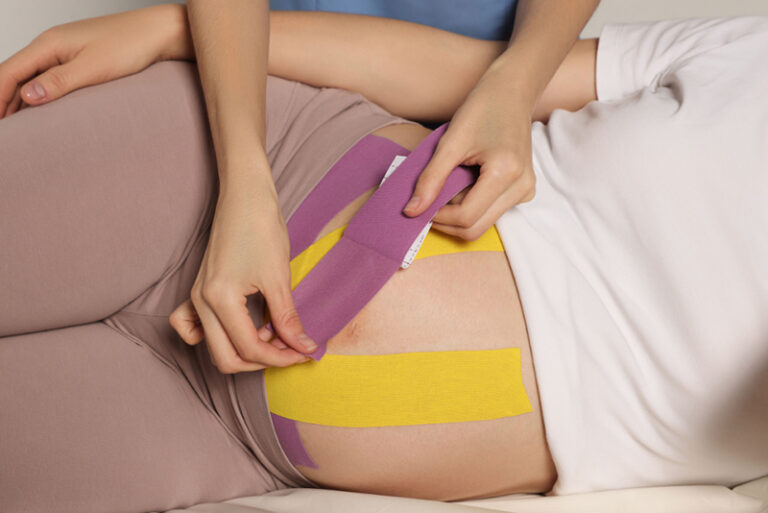It’s not the most glamorous product in the world. But if you’re an athlete, brown sport tape can be a literal godsend. We’re not talking about latex or scotch tape for your scrapes and bruises. This is more like athletic bandages for injuries like shin splints, sprained ankles, or to help relieve pain from muscle strains. Read on to find out how tape works and what effect it has on your body!
What is brown sport tape?
Tape is a pressure-sensitive adhesive material used for attaching objects together. It consists of a backing that is coated with an adhesive. The backing is usually made of paper, cloth, or plastic film. Tape is available in many different widths and lengths.
Tape was first invented in 1845 by surgeon Horace Day. He found that when he applied pressure to a wound, it would help close the wound and prevent infection. Today, tape is used for many purposes, including holding bandages in place, sealing boxes and envelopes, and attaching posters to walls.
The science behind tape is pretty simple. When you apply pressure to the tape, the adhesive bonds to the surface it’s touching. The more pressure you apply, the stronger the bond will be.

The history of brown sport tape
Tape has been used for centuries to bind and support injuries. The Ancient Egyptians are thought to have used papyrus strips to hold broken bones in place, while the ancient Greeks and Romans used linen or leather bands.
The first adhesive tape was developed in 1845 by Dr. Horace Day, a surgeon who was looking for a way to secure surgical dressings more securely. He coated one side of a strip of cloth with gum arabic, which is a natural adhesive derived from tree sap. This early version of adhesive tape was called “Day’s Medicated Plaster” and was sold commercially for many years.
In 1851, another doctor, Benjamin Franklin Goodrich, invented a process for vulcanizing rubber, which made it stronger and more elastic. Goodrich realized that this new rubber could be used to make an improved adhesive tape, and he patented his own version in 1857. This tape became known as “zinc oxide plaster” and was widely used by doctors and athletes for many years.
In 1928, 3M Company chemist Richard Drew created a cellophane tape with an acrylic adhesive that could be easily removed from surfaces without damaging them. This “Scotch Tape” became an instant hit with consumers and is still one of the most popular types of tape today.
In the 1930s, 3M also developed vinyl plastic film and pressure-sensitive adhesives that could be applied to both sides of the film. This resulted in
How does brown sport tape work?
Have you ever wondered how those professional athletes always seem to have perfectly taped fingers or wrists? It’s not just for show! Taping can be a helpful tool for providing support and stability to injured joints and muscles, as well as preventing injuries in the first place. Let’s take a look at the science behind brown sport tape and how it works.
Brown sport tape is made of an adhesive material that sticks to skin and clothing. When applied correctly, it forms a tight bond that allows it to provide support and stability to the area it is covering. The adhesive is strong enough to withstand movement and friction, but will eventually lose its stickiness and need to be replaced.
The main benefit of brown sport tape is its ability to provide support without restricting movement. This makes it ideal for athletes who need to maintain full range of motion while protecting an injury. It is also comfortable to wear and doesn’t require any special equipment for application.
If you’re interested in trying brown sport tape, be sure to consult with a trained professional first. They can help you determine if taping is right for your particular injury or condition, and show you the proper way to apply it.
-
 Elastic adhesive bandage$8.99 – $10.99
Elastic adhesive bandage$8.99 – $10.99 -
 Rigid sports strapping tape$10.99
Rigid sports strapping tape$10.99 -
 Weightlifting thumb tape$7.99
Weightlifting thumb tape$7.99 -
 Athletic pre wrap$9.99 – $10.99
Athletic pre wrap$9.99 – $10.99 -
 Cotton athletic tape$7.99 – $10.99评级 4.83 / 5,已有 6 位客户进行了评价
Cotton athletic tape$7.99 – $10.99评级 4.83 / 5,已有 6 位客户进行了评价 -
 athletic tape for fingers$7.99 – $8.99评级 5.00 / 5,已有 2 位客户进行了评价
athletic tape for fingers$7.99 – $8.99评级 5.00 / 5,已有 2 位客户进行了评价 -
 Hockey tape$11.99 – $12.99
Hockey tape$11.99 – $12.99
How to use brown sport tape
There are a few different ways to use tape, depending on the desired effect. For example, if you’re looking to add support to a weak or injured joint, you would wrap the tape around the affected area in a figure-eight pattern. If you’re trying to reduce swelling or bruising, you would apply the tape in a spiral pattern.
To get the best results, it’s important to clean and dry the skin before applying the tape. Otherwise, the adhesive won’t stick as well and the tape may not stay in place. Be sure to also smooth out any wrinkles in the tape before attaching it to your skin.
When to use tape
There is no definitive answer to this question as it depends on the individual and the specific injury. Some people find that tape provides support and helps to prevent further injury, while others find that it does not help or even makes the injury worse. If you are considering using tape, it is best to consult with a healthcare professional who can advise you on whether or not it is appropriate for your situation.

Tape types and their uses
There are many different types of tape available on the market, each with their own unique set of properties and uses. Brown sport tape is a type of adhesive tape that is commonly used in a variety of applications, including medical, industrial, and sporting applications.
The main difference between brown sport tape and other types of adhesive tape is the level of adhesion. Brown sport tape has a very strong adhesive hold, making it ideal for use in situations where a secure bond is required. This type of tape is also highly flexible and breathable, making it comfortable to wear for long periods of time.
Brown sport tape is commonly used in medical applications to secure dressings or tubing in place. It is also frequently used in industrial settings to secure parts or products during assembly or shipping. In the sporting world, brown sport tape is often used to support injured muscles or joints, as well as to prevent blisters and chafing.
If you are looking for an adhesive tape that can provide a strong hold while still being comfortable to wear, brown sport tape may be the right choice for you.
Unusual uses for tape
There are many unconventional uses for brown sport tape that go beyond the traditional realm of sports medicine. Some people use the tape for fashion purposes, such as creating interesting patterns or shapes on their skin. Others use it as a tool for self-expression, using the tape to write messages or create designs on their clothing.
Some people even use sport tape as a form of body art. The adhesive properties of the tape make it ideal for attaching temporary tattoos or body jewelry. It can also be used to create temporary designs on the skin, such as fake bruises or cuts.
So, next time you reach for a roll of brown sport tape, don’t be afraid to get creative! There are endless possibilities for what you can do with this versatile product.

